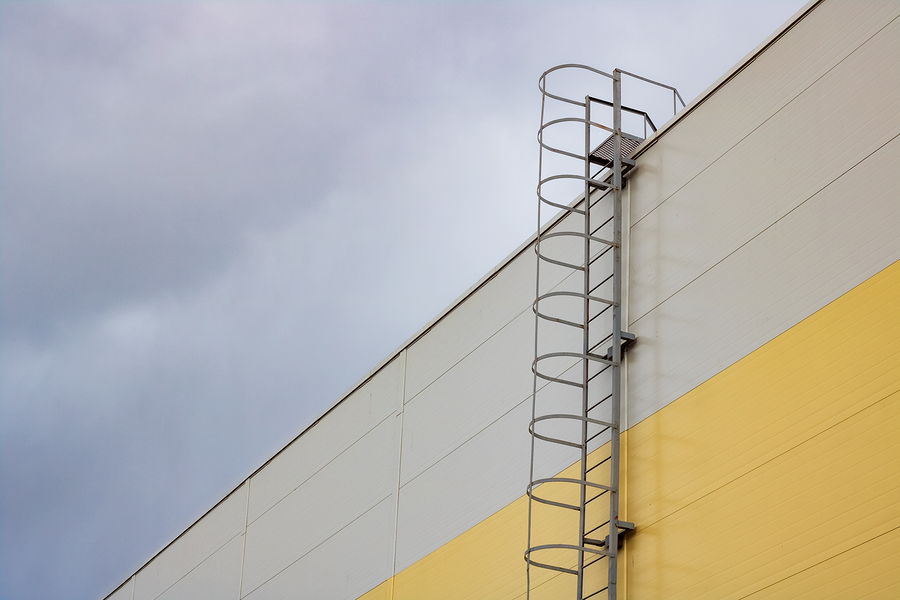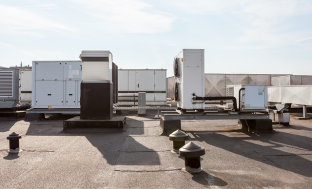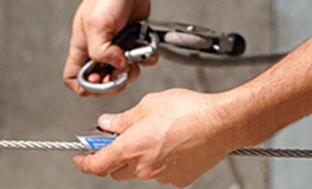latest news
Fixed ladder compliance: what does it mean?

Last month, we wrote about an issue many people tend to neglect: the inspection and recertification of fixed ladders.
It is a common misconception that fixed ladders do not need to be inspected, and this can lead to serious injury or worse if a ladder falls into disrepair and someone tries to use it. Ladders contribute to a large number of work at height injury and fatality statistics each year.
However, this highlights another common issue: no matter how often you check your ladder for failures, there’s a chance it was never even safe to begin with.
Beyond the standard inspection criteria for use, there are a set of criteria that must be met for the ladder to be deemed compliant to start with. If your ladder does not meet these criteria, it could be a glaring danger to everyone on your site, as well as visitors.
According to the Workplace (Health, Safety and Welfare) Regulations, ACOP and BS4211, these criteria are:
- Fixed ladders should not be used where it would be practical to install a conventional staircase
- The ladder should be of sound construction, properly maintained and securely fixed
- Assembly should be sufficiently rigid and stable to ensure safety of the user under normal conditions
- Handrails should extend at least 1100mm above landing
- Stiles should extend to the height of guarding
- The ladder should not exceed 6m without an intermediate landing
- Hoops should be fixed if the ladder exceeds 2.5m
- Fall protection, preferably passive such as cages, should be provided if there is a risk of falling more than 2m
- Hoops should be a maximum of 900mm apart
- Hoops should not exceed 1500mm apart with uprights not more than 300mm apart
- The width between the strings should be between 300mm (400mm preferred) and 600mm
- Handrails should open out to between 600mm and 700mm above the landing
- Rungs must withstand 1.5kN and have a diameter of 20-35mm
- The top rung should be level with the platform
- Rise between rungs should be 225mm to 300mm
- A minimum of 200mm clear space should be behind each rung
- Clear space on the user side should be 600mm
What’s the big deal?
Many people are unaware of these regulations, and a standard inspection - even by a competent person - may not highlight that the fixed ladder is unsuitable for use due to non-compliance. If this were to be picked up during a HSE inspection, and you have done nothing to remedy it, you might find yourself in hot water.
This is why we recommend having your fixed ladder inspected for suitability and compliance by a dedicated third party.
Roof Edge inspects and recertifies hundreds of sites each year, and our experienced survey teams can highlight issues that even the most dedicated untrained inspector can miss.
We can inspect your entire premises, including your fixed ladders, and provide either recertification or advice on how to bring your site up to standard, allowing you to feel safe in the knowledge that anyone working on it is safe and sound.
For more information on our recertification services, click here, or call us on 0141 949 1014.





